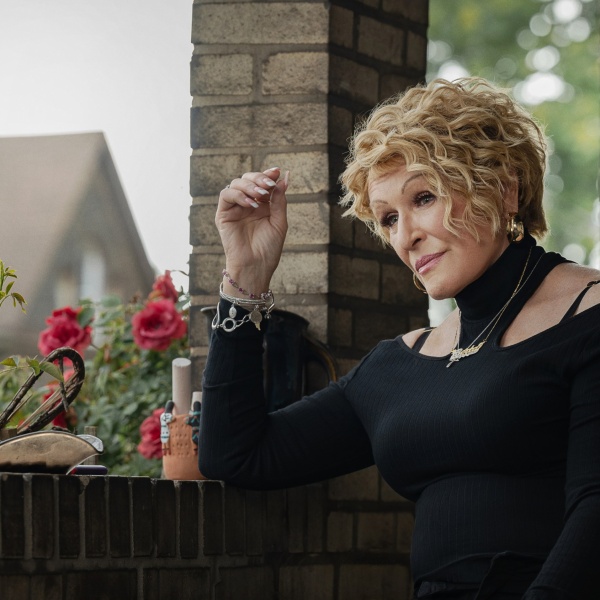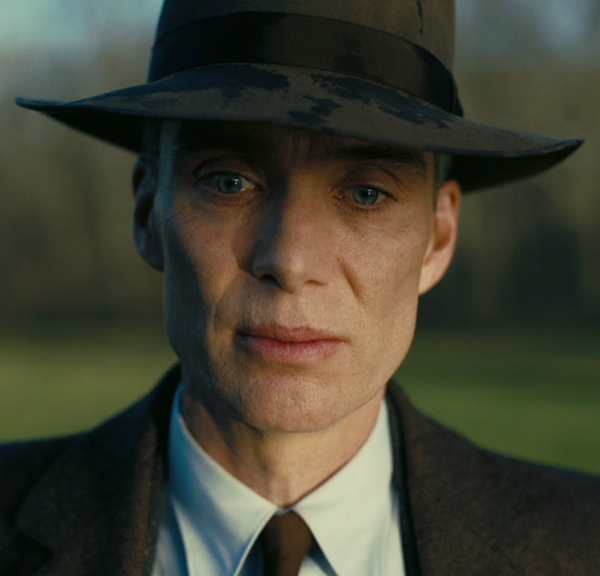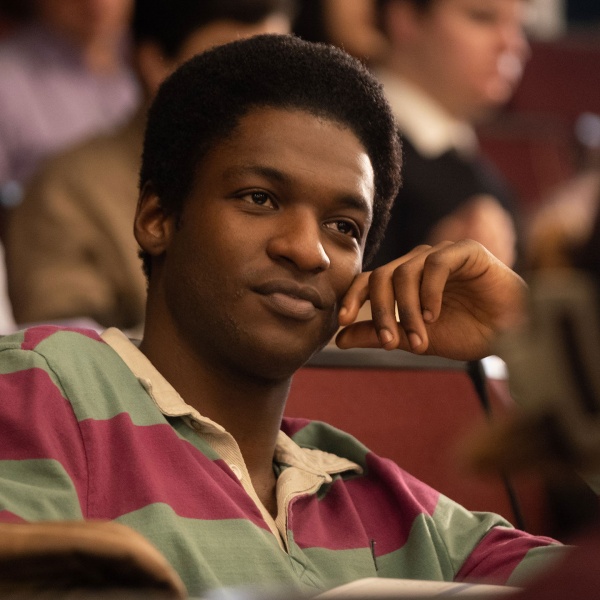How do you follow the Oscar-nominated “Loving Vincent,” which introduced the landmark oil-painted animation technique for enveloping the Vincent Van Gogh biopic with his masterworks? One consideration was Goya.
Instead, the wife-and-husband directing team of D.K. Welchman and Hugh Welchman ambitiously applied their technique to the epic sweep of Nobel laureate Wladislaw Reymont’s 1,000-page novel of early 20th-century Polish rural life, “The Peasants” (Sony Pictures Classics, December 8 one-week qualifying run in L.A./NYC).
The result is a bolder and more expressive moving painting than “Loving Vincent,” which captures the style and energy of Reymont’s novel about the beautiful yet harsh agrarian existence and strict gender roles that resonate today. It’s no wonder that Poland submitted the film as its international Oscar entry.
“It was so liberating for us after ‘Loving Vincent,’” D.K. told IndieWire. “This is a great novel with many inspirations and then you find the appropriate visual language where we had to join up the painting, and we were kind of beautifully enslaved to it this time if there was the opportunity for direct reference.”

In other words, they were not bound by a single painter’s legendary work. The oil paintings they created and animated were original (except for a few ready-made painting quotes) and organically tied to the period, setting, and story. Indeed, Reymont’s prose provided powerful thematic and aesthetic inspiration.
What resonated most with D.K., who reacquainted herself with the book by listening to the audiobook during the making of “Loving Vincent,” was the novel’s protagonist, Jagna, a beautiful young woman and free spirit, who refuses to abide by her society’s cruel and abusive treatment of women. Her village is a hotbed of gossip and ongoing feuds, held together by property, colorful traditions, and deep-rooted patriarchy. Jagna finds herself caught between the conflicting desires of the village’s richest farmer, whom she marries, his eldest son, whom she takes as a lover, and her quest for empowerment.
“I was going through personal moments in my life when I was dealing with violence in relationships,” D.K. admitted. “So I felt like this is something that I understand [about Jagna]. And I feel it’s important to talk about and explore this because it still goes on for women and it’s so stigmatizing.”
For Hugh, Remont’s novel was wondrously descriptive of the people, the village, the music, and the dancing. “He was part of the Young Polish modernist movement in the arts, so there’s realism, impressionism,” Hugh told IndieWire. “It’s a really lovely language with his descriptions of color and light. It’s also very interesting how he invented his own style of language with the dialect of the peasants.”

This was a creative opportunity for the directors to connect Reymont’s prose to the corresponding paintings of the Young Polish movement, which covered many styles. The film serves as a celebration of the country’s identity and culture of the period. In addition, the Welchmans embraced oil painters from the Hague and Barbizon schools. Overall, their team created 40,000 oil paintings for the film (supervised once again by Piotr Dominak, head of painting), which were combined with cutting-edge animation techniques.
As with “Loving Vincent,” the distinguished Polish actors were filmed on live-action or green screen sets, with matte paintings composited in, along with CG animation, after the shoot. These sets were primarily at Transcolor in Warsaw, with select scenes shot on location, including a major battle between the peasants and the nobility.
Approximately 100 painting animators worked at four animation studios in Poland, Serbia, Lithuania, and Ukraine (which had to be shut down for a year as a result of the Russian invasion). They refined and expanded the process to rely less on rotoscoping. The footage from the live-action shoot became the reference for these artists, who freely painted using a database of several hundred painting inspirations from the period as well as their own individual styles. The first shot was painted on large canvas and then animated with subsequent keyframing to get the movement. After that, the digital animators did the in-betweening. At the end, they are left with a painting of the last frame of the shot.

This was done at a rate of five hours per painting, which took longer than “Loving Vincent” because of the complexity. They also had to learn how to paint motion blur because the camera moves a lot and the scenes are dynamic, particularly with a lot of dancing. In fact, the most challenging sequence was Jagna’s wedding. “I think that the main reference was the book because you’ve got this wild dancing that’s described, and that happens at the end of three days and our demented dance was completely meant to be inspired by that,” said D.K.
“The language is very impressionistic, like, for example, when he describes the light, her dress captures flickers, and we were trying to show that,” she continued. “So it was very important for us to have a dress that was constructed in a way that would catch the light.”
The story spans a single year, full of everyday traditions, farming, and festive holidays, but also lots of infighting. Hugh found the novel instructive for its painterly language, which could only be rendered in this way as a unique cinematic experience.
“No one else would do a painting animation film,” he said. “But no one should do a painting animation film if you can do it as well another way because it’s four times as much work as anything else. So the reason why we thought it was justifiable to do it this way was because [‘The Peasants’] was already done 50 years ago as live action. But his words are so vivid and so colorful, that when I was reading it, I was like: ‘Oh, my god, this is like a painting,’ And D.K. said, ‘Yeah, Hugh, that’s why I gave you the book.”
“The Peasants” is currently in theaters.



